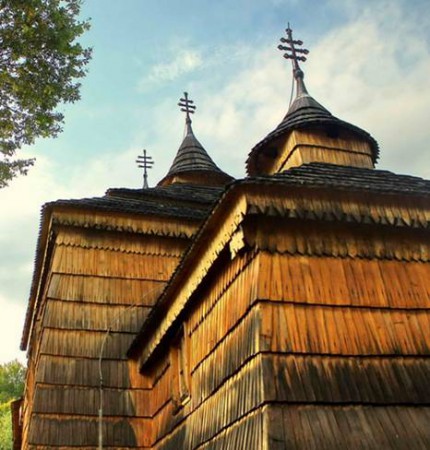Slovakia
Basic Facts
Capital city: Bratislava
Currency: Euro
Official language: Slovak
Population: 5.500.000




Slovak is a western Slavic language, very closely related to Czech and relatively close to Polish and the languages of the former Yugoslavia.
Nationalities: 85% Slovak (western Slavic in origin), 10% Hungarian, 3% Roma. Significant smaller nationalities include Czechs, Ruthenians, Ukranians, Germans and Poles.Religions: 63% Roman Catholic, 9% Protestant, 4% Greek Catholic, 2% other churches.
Type of government: republic, with parliamentary democracy.
Head of government: Prime Minister, generally the leader of the largest party in parliament, this post holds most real executive authority.
Legislative body: National Council, a one-house parliament elected at least once every four years.
Head of state: President, elected once every five years, largely ceremonial.

History and identity
Modern Slovakia was born as an independent nation-state in 1993, when it peacefully separated from the Czech Republic, splitting from the former Czechoslovakia by mutual agreement. (There has been no organized conflict of any kind in Slovakia since 1945.)





